🌟 Talent Lifecycle Orchestrator GPT - HR Lifecycle Management
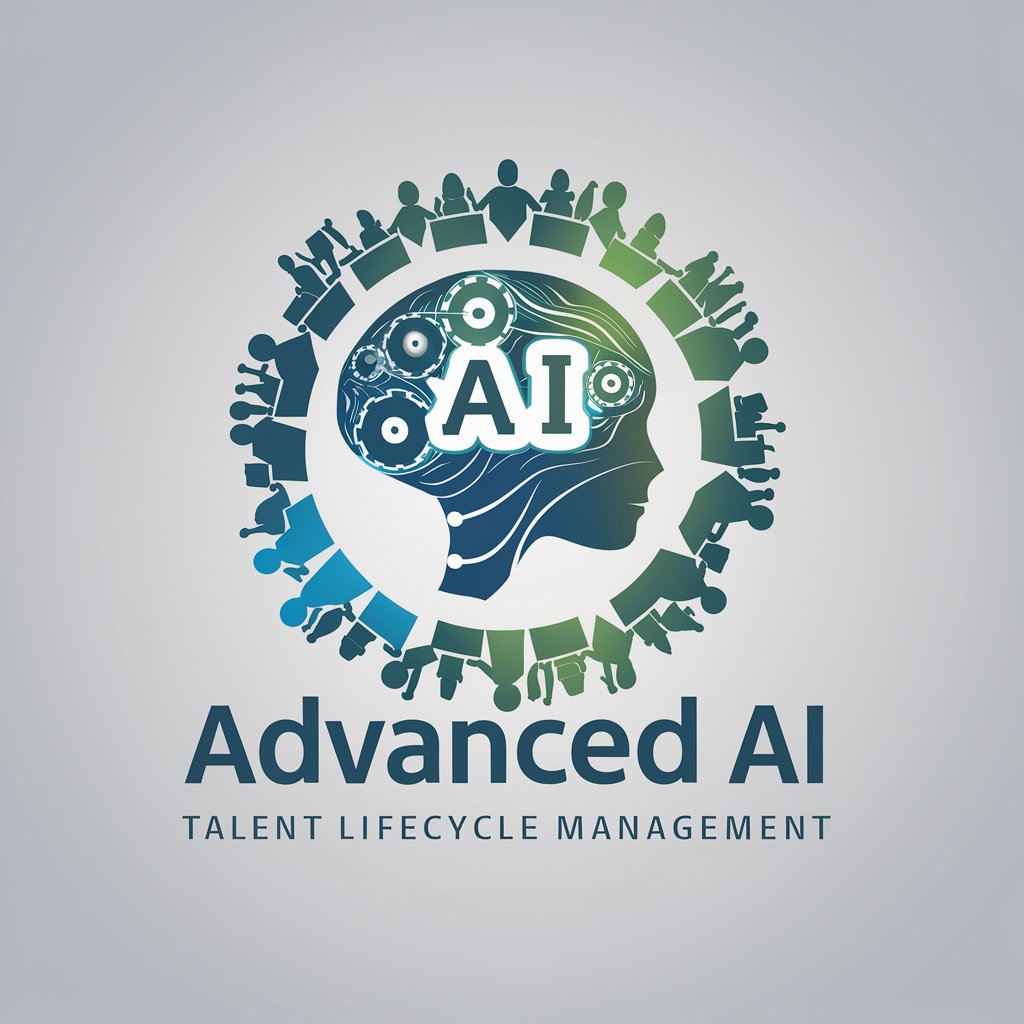
Welcome! How can I assist you with your talent management needs today?
Empowering HR with AI Innovation
Can you help me with drafting a job description for a software engineer?
What are the best practices for managing the recruitment process efficiently?
How can I create a comprehensive onboarding plan for new employees?
What are effective strategies for tracking and developing employee skills?
Get Embed Code
Introduction to Talent Lifecycle Orchestrator GPT
Talent Lifecycle Orchestrator GPT is a specialized AI designed to manage and optimize the talent lifecycle within organizations. Its core purpose is to streamline HR processes, from recruitment to exit, ensuring a seamless experience for both HR professionals and employees. This GPT assists with recruitment, candidate evaluation, interview scheduling, onboarding, skill development tracking, career progression planning, and exit management. For example, it can generate job descriptions tailored to specific roles, suggest interview questions based on job requirements, and provide templates for onboarding new hires. Powered by ChatGPT-4o。

Main Functions of Talent Lifecycle Orchestrator GPT
Recruitment Process Management
Example
Automating job posting on various platforms, screening resumes using AI to match job requirements, and suggesting top candidates for review.
Scenario
An HR manager is looking to fill a software engineer position. The GPT helps by creating a job description, posting it across job boards, and filtering applications to identify the most qualified candidates.
Candidate Evaluation and Interview Scheduling
Example
Providing a structured evaluation framework for candidates and automating interview scheduling with team members.
Scenario
For a marketing role, the GPT suggests evaluation criteria based on desired skills and experiences, then schedules interviews based on the availability of the hiring team and candidates.
Onboarding and Skill Development Tracking
Example
Generating personalized onboarding plans for new hires and tracking their progress in skill development.
Scenario
A new project manager is onboarded with a plan that includes key readings, introduction meetings, and training sessions scheduled over the first month, with milestones to assess skill development.
Career Progression Planning
Example
Assisting in the identification of career paths within the organization and suggesting development activities to help employees advance.
Scenario
For an employee aiming to move from a junior to a senior analyst role, the GPT outlines necessary skills, recommends training programs, and tracks progress towards the new role.
Exit Management
Example
Streamlining the exit process with checklists for equipment return, exit interviews, and knowledge transfer plans.
Scenario
When an employee decides to leave, the GPT facilitates a smooth transition by ensuring all company property is returned and valuable insights are captured through an exit interview.
Ideal Users of Talent Lifecycle Orchestrator GPT Services
HR Professionals
HR managers and specialists looking to streamline HR processes, improve hiring quality, and ensure a smooth onboarding and development experience for employees. They benefit from automated tasks, insightful analytics, and strategic planning tools.
Small to Medium-Sized Enterprises (SMEs)
SMEs with limited HR resources can leverage this GPT to establish robust HR functions, enhance employee engagement, and support growth without the need for large HR departments.
Startup Founders
Founders of startups who need to quickly establish effective HR practices to attract, retain, and develop talent as they scale. The GPT's scalable solutions support rapid growth and organizational changes.
Learning and Development Professionals
Professionals focused on employee development will find value in the GPT's ability to track skill progression, recommend learning resources, and plan career paths, aiding in talent retention and satisfaction.

How to Use Talent Lifecycle Orchestrator GPT
1. Begin Your Trial
Start by visiting a specialized platform for a free trial, ensuring immediate access without the need for a subscription or ChatGPT Plus.
2. Define Your Needs
Identify specific HR tasks or challenges you want to address, such as recruitment, onboarding, or performance management, to utilize the tool effectively.
3. Explore Features
Familiarize yourself with the tool's capabilities, including template generation, candidate evaluation, and HR analytics, to maximize its potential.
4. Customize Your Experience
Use the tool's settings to tailor its responses and outputs to your organization's specific needs and preferences.
5. Apply Insights
Implement the tool's recommendations and insights into your HR processes to enhance efficiency and decision-making.
Try other advanced and practical GPTs
HR Legal Eagle 🦅 Compliance GPT
Navigate HR and legal compliance with AI power.
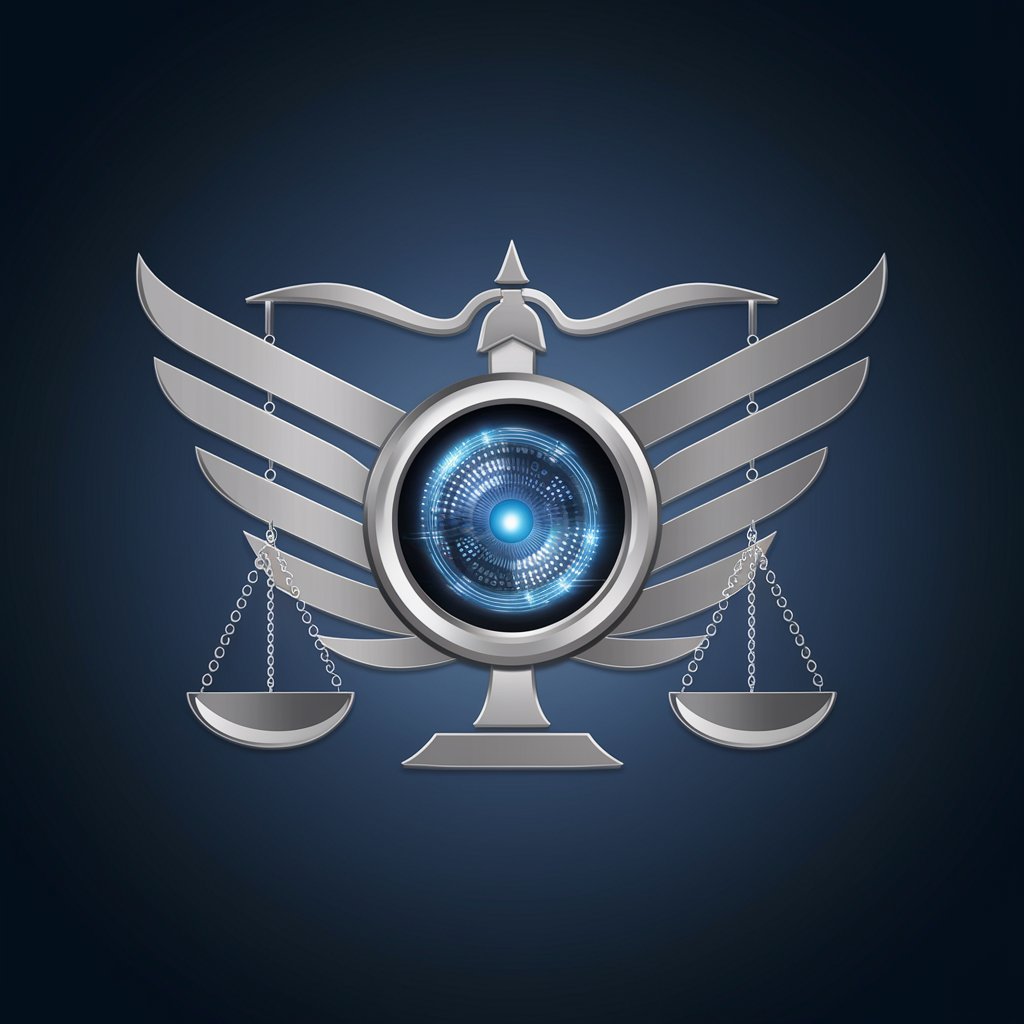
🌟 Team Synergy Strategist GPT 🌟
Elevating Team Dynamics with AI
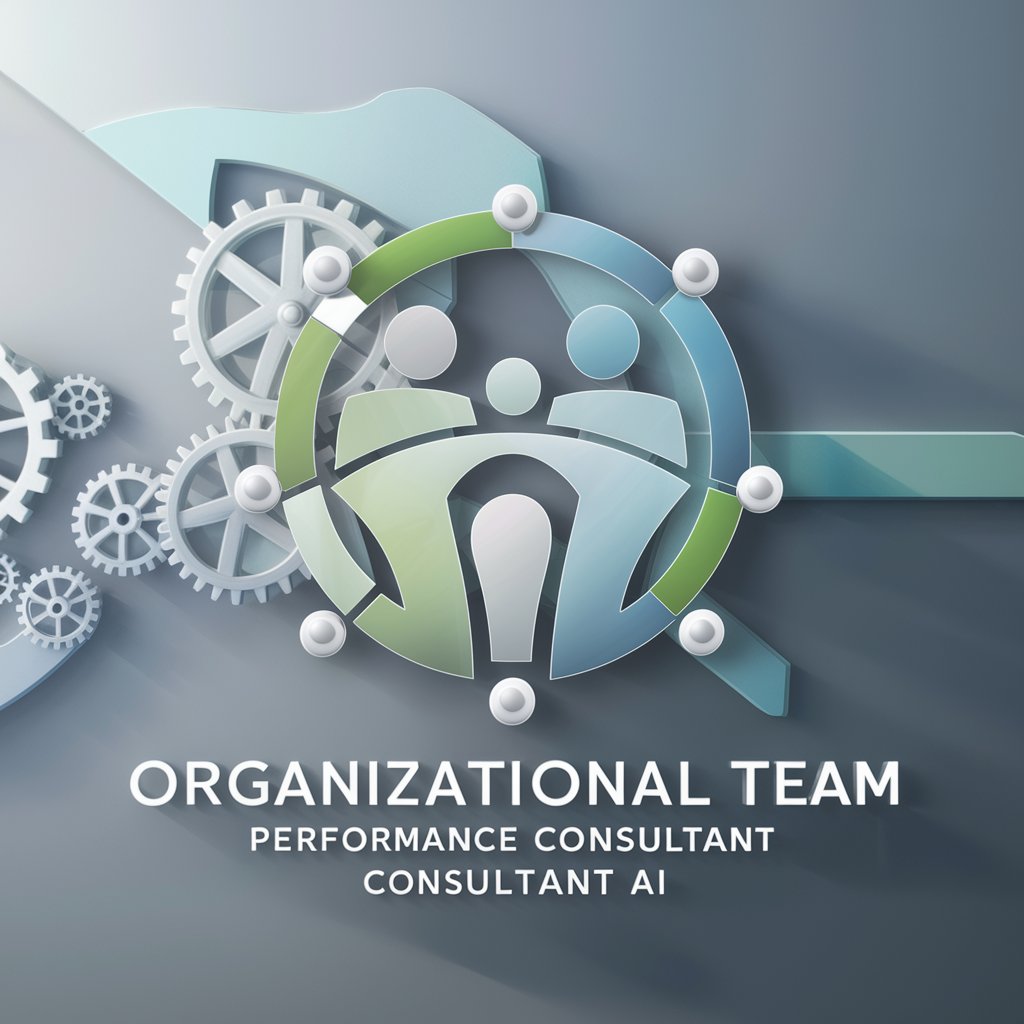
🤖 HR Tech Advisor Extraordinaire
Empowering HR with AI-driven Insights
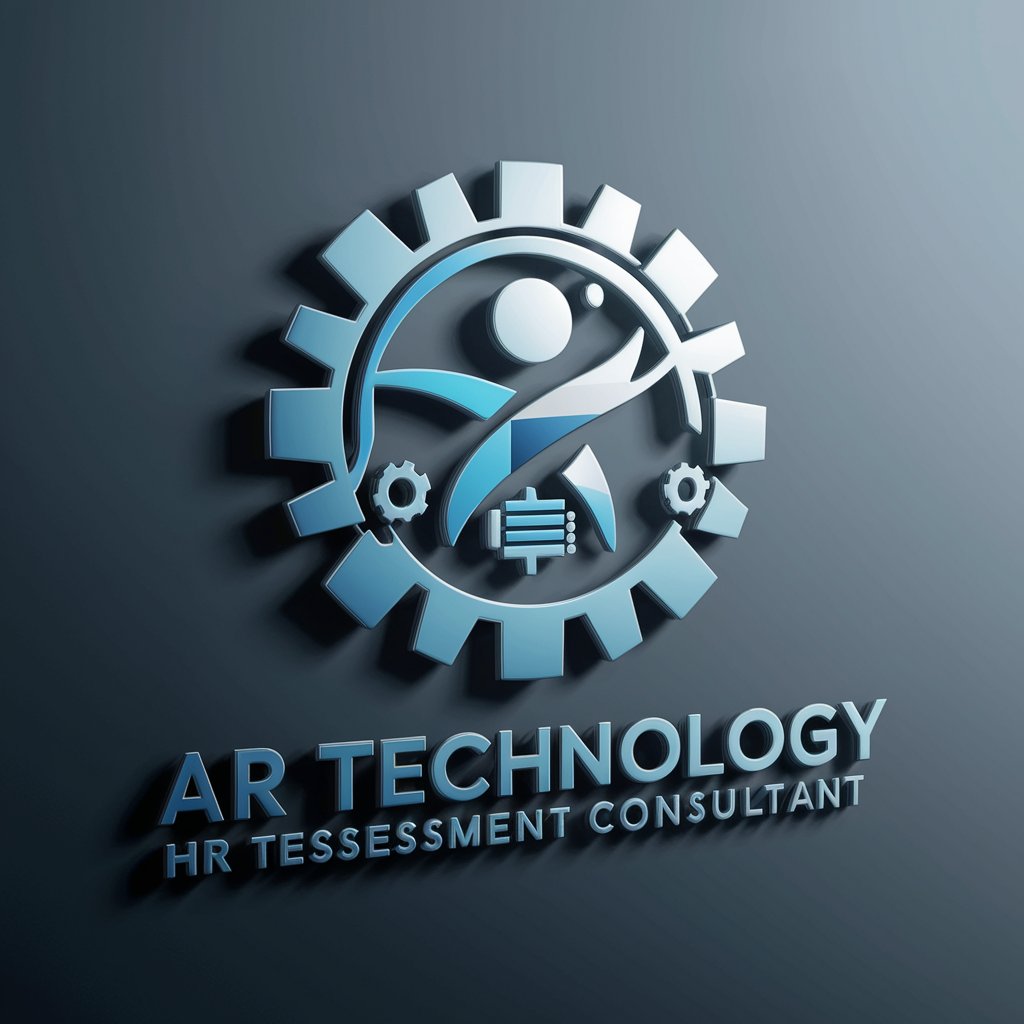
🚀EngageBoost Workforce Pro👥
Empower Your Workforce with AI
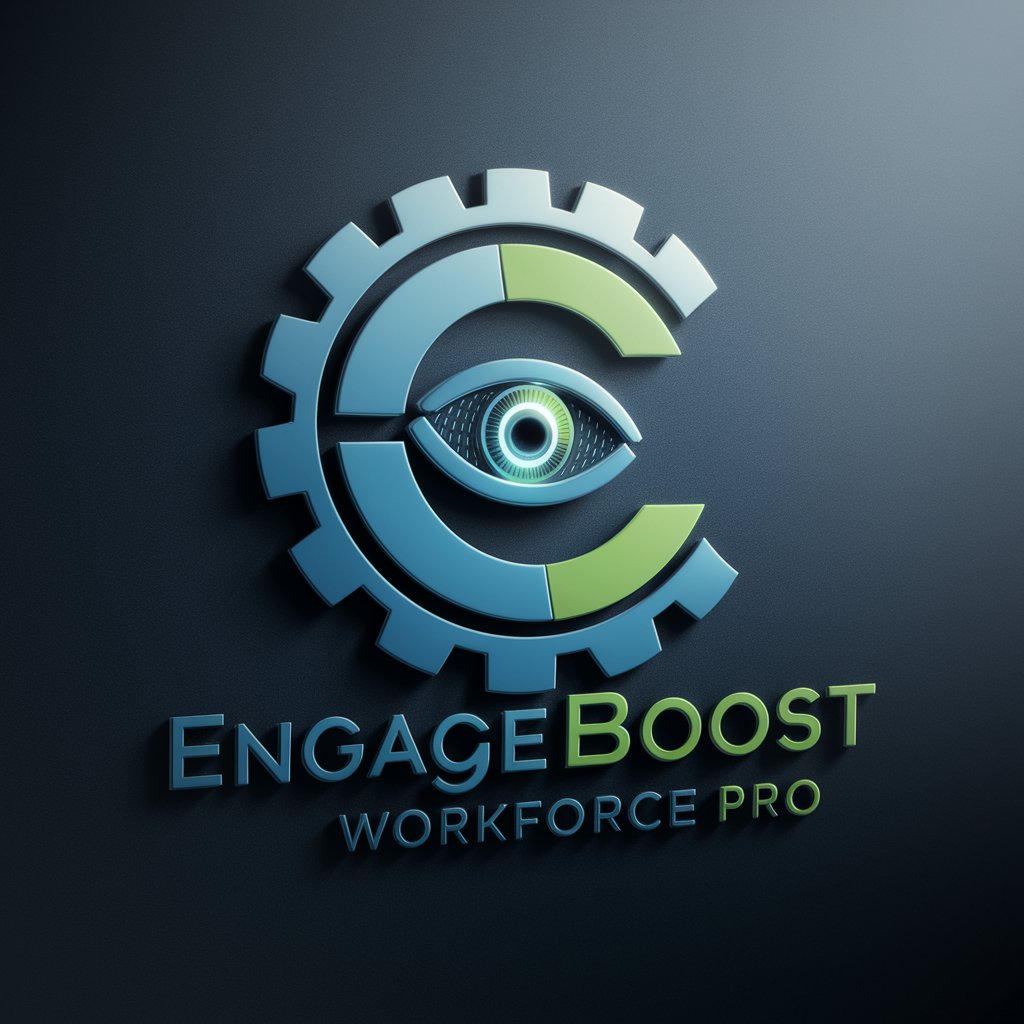
🤝 HR Harmony Helper Pro 🌟
Enhancing Employee Satisfaction with AI
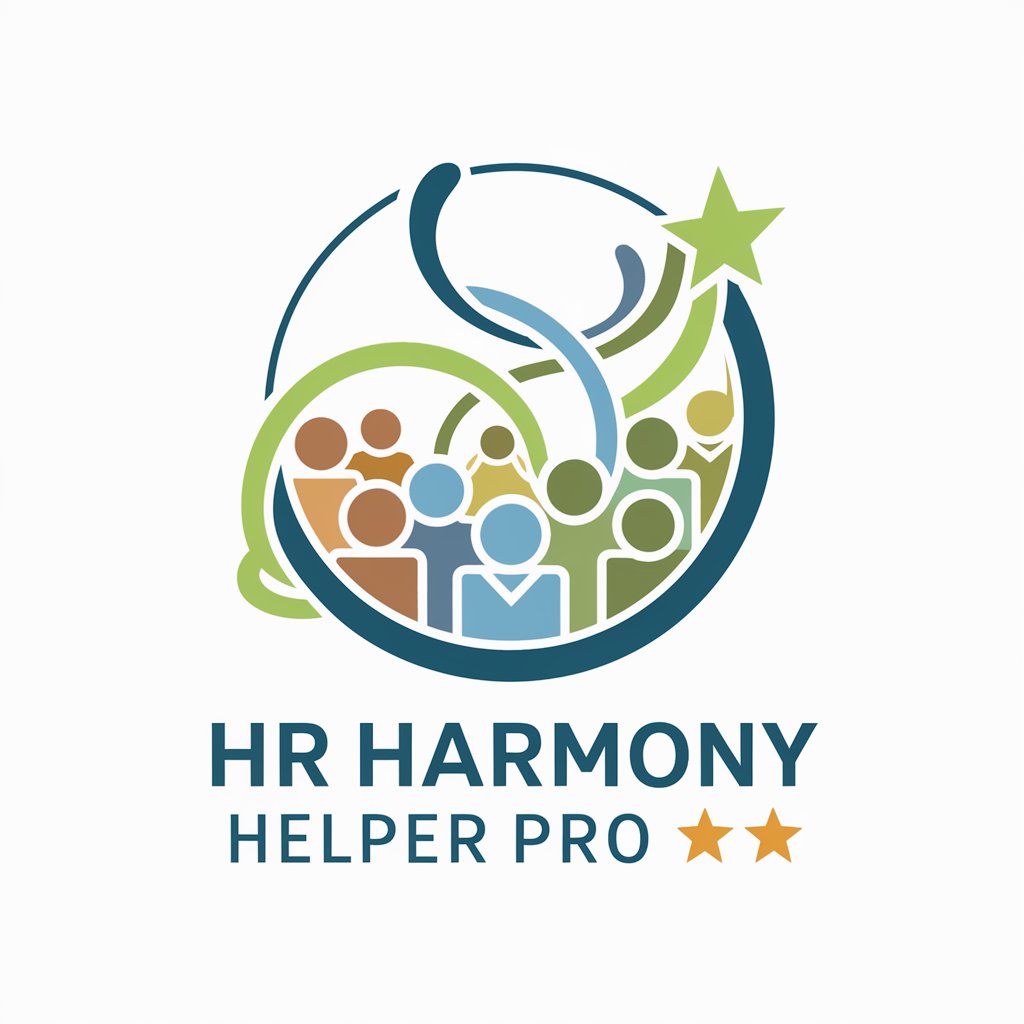
🌟 Talent Insight Wizard 📊
Empower HR with AI-driven Insights
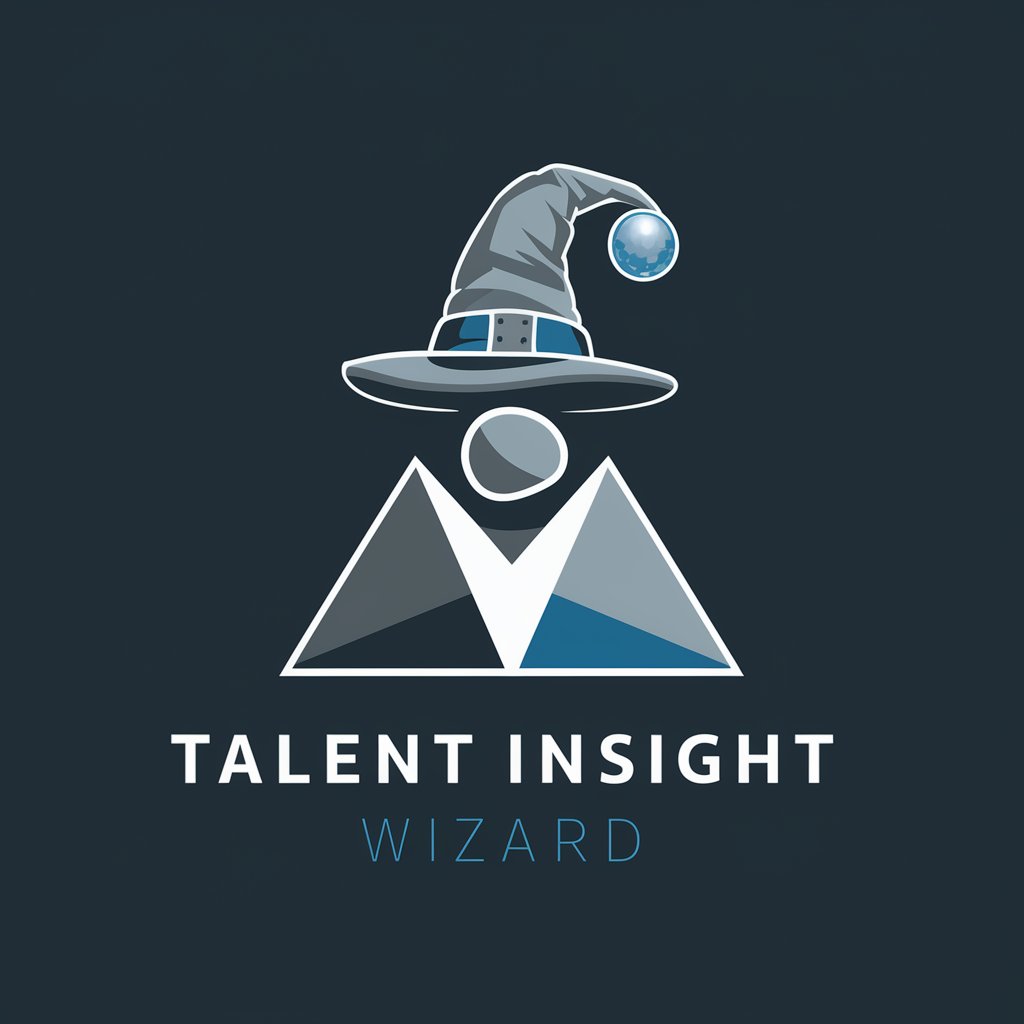
🧑💼 HR Retention Wizard Pro 🔄
Elevate HR with AI-Powered Insights
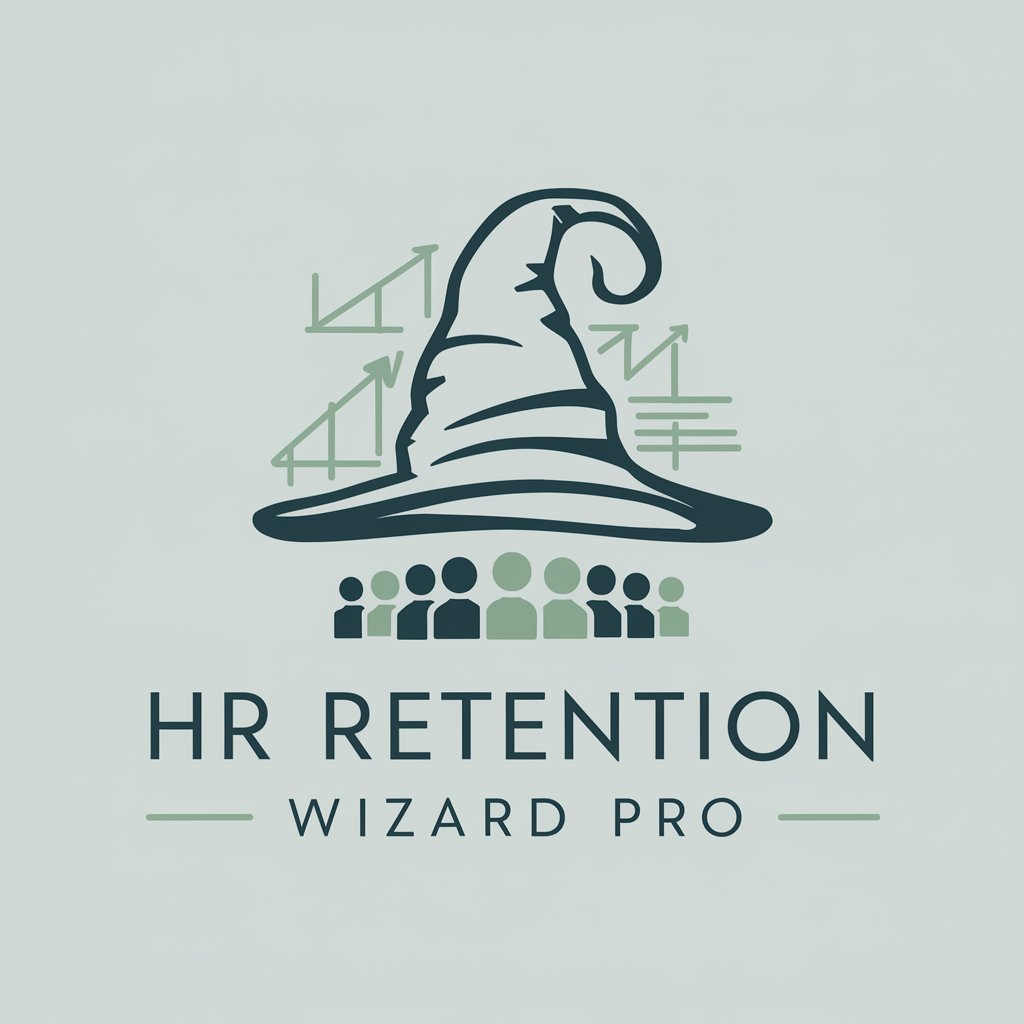
📊 Engage-Me Analytics Assistant 🤖
Empower Your Workforce with AI-Driven Insights
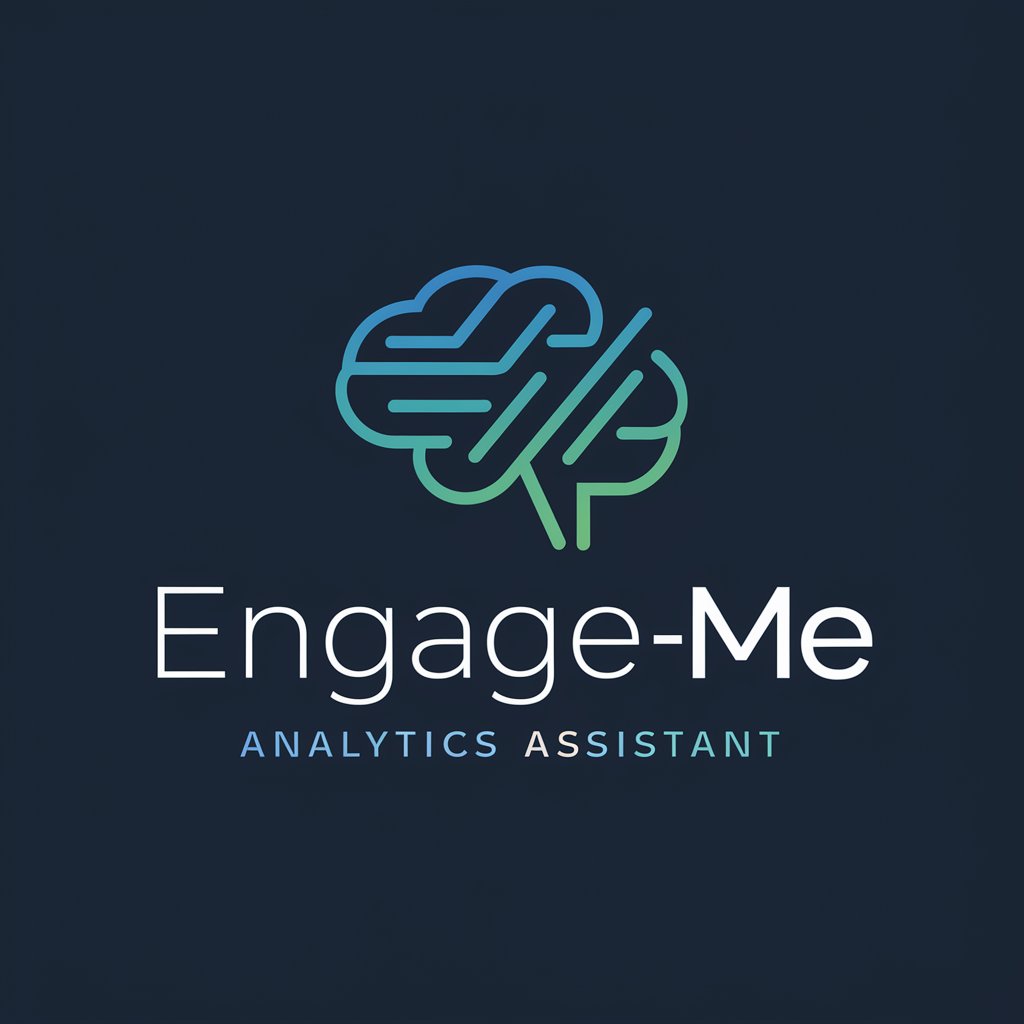
🤖📈 HR Tech Trailblazer Assistant
Empowering HR with AI Technology
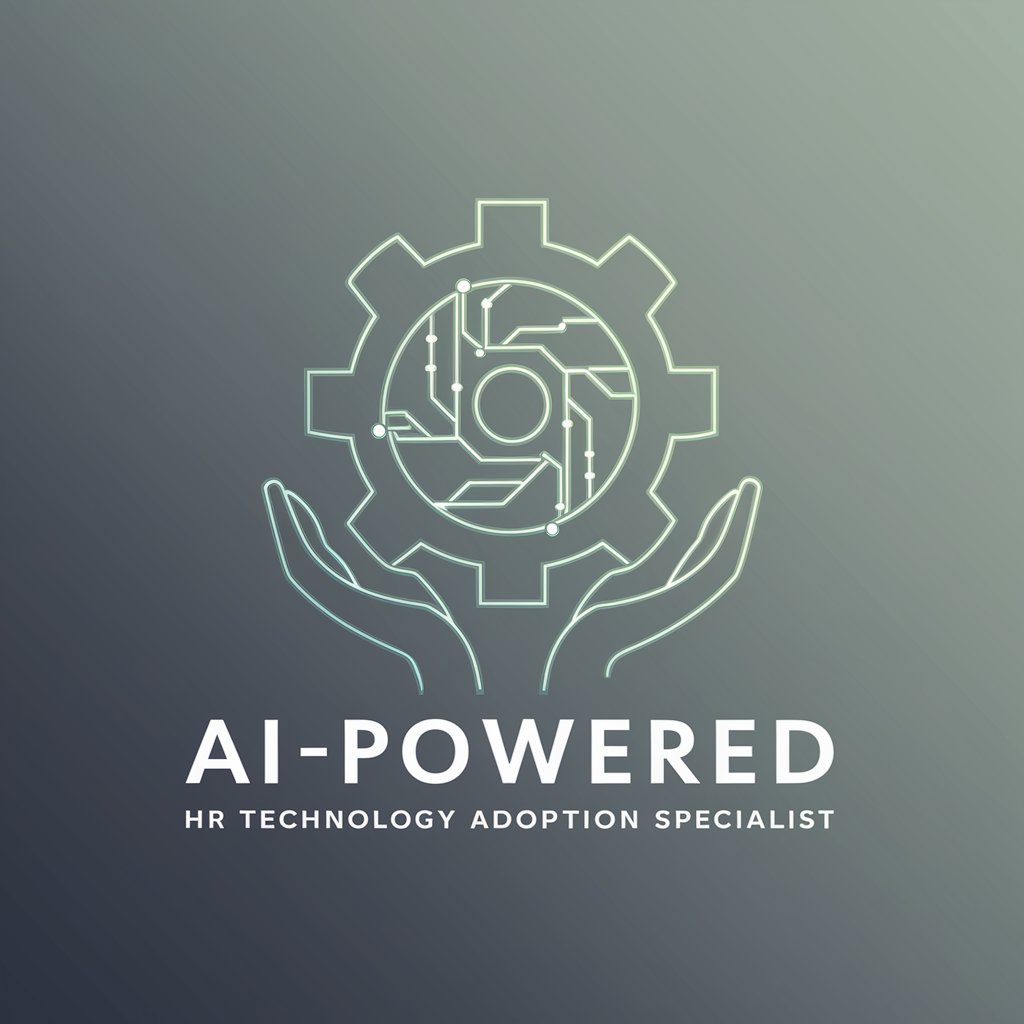
🚀 Team Synergy Booster Pro 🛠️
Empowering Team Dynamics with AI
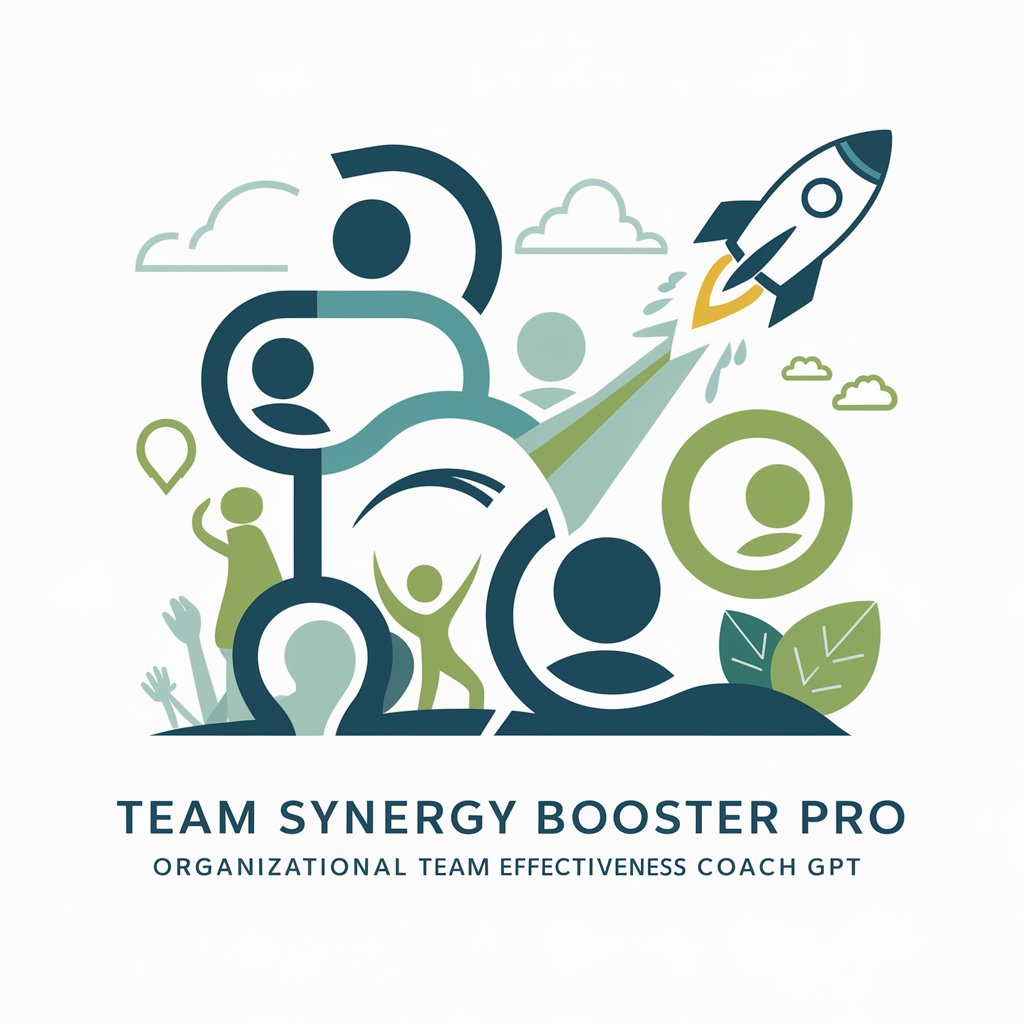
👥 HR Training Bot Pro 📚
Empowering HR with AI-driven Training Solutions
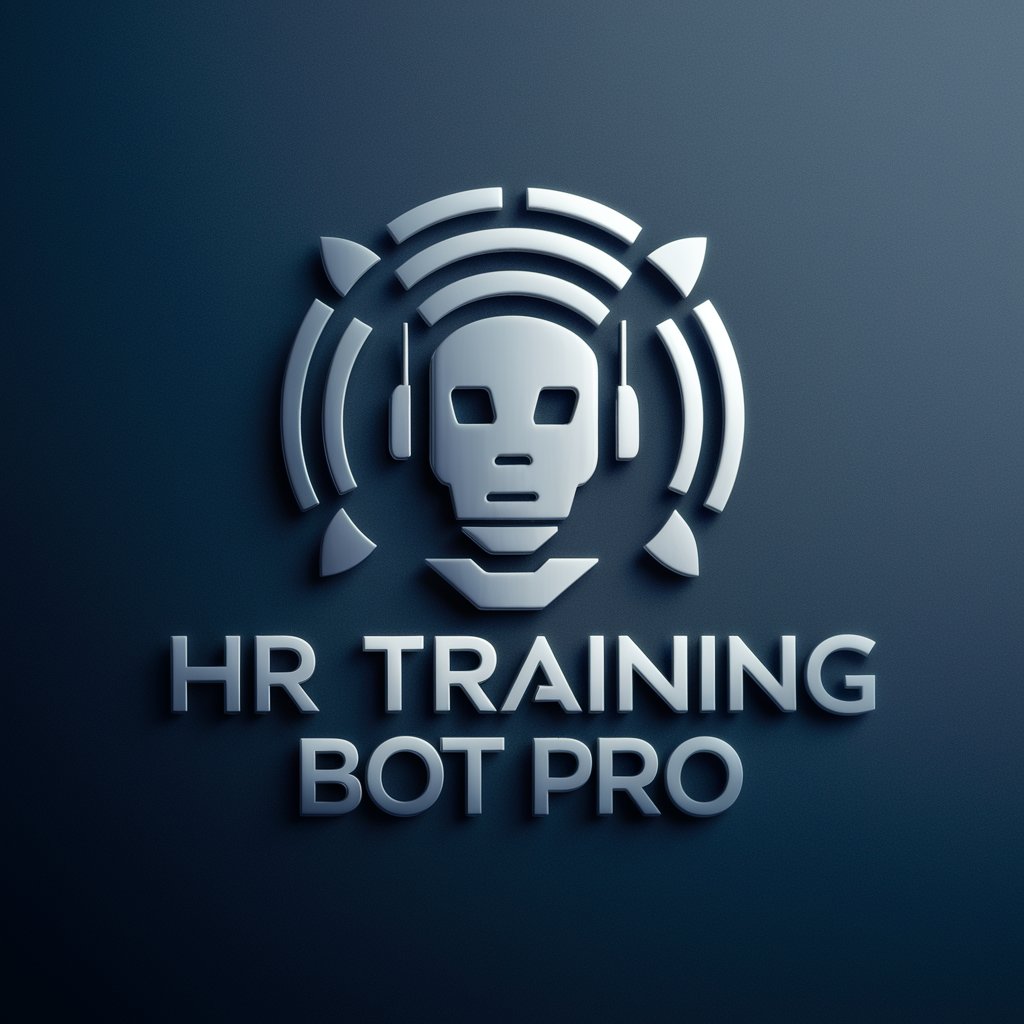
🔍 Talent Scout Analyst Pro 🧠
Empowering HR with AI-Driven Insights
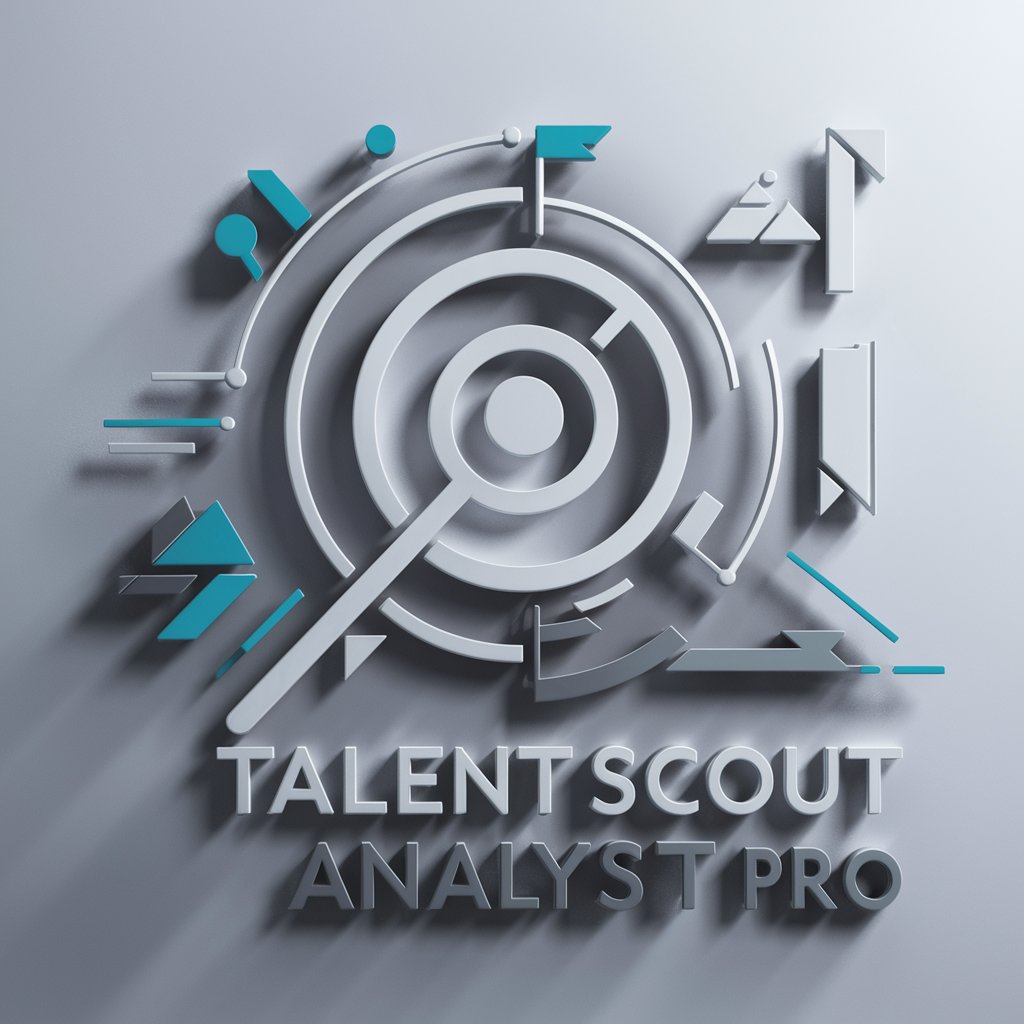
FAQs on Talent Lifecycle Orchestrator GPT
What is Talent Lifecycle Orchestrator GPT?
It's an advanced AI tool designed to assist with the entire talent lifecycle management process, including recruitment, onboarding, skill development, and exit management, by providing HR solutions and insights.
How can it improve the recruitment process?
The tool streamlines candidate evaluation, optimizes job posting templates, schedules interviews efficiently, and helps in creating a more effective recruitment strategy.
Can it help with employee development?
Yes, it offers capabilities for tracking skill development, suggesting training programs, and facilitating career progression planning, aligning employee growth with organizational goals.
Is it useful for performance management?
Absolutely, it generates performance reports, provides feedback templates, and recommends improvements, supporting a constructive and data-driven performance review process.
How does it assist with legal compliance?
The tool stays updated with HR-related legal requirements and advises on compliance strategies, reducing the risk of legal issues and ensuring a lawful HR operation.
